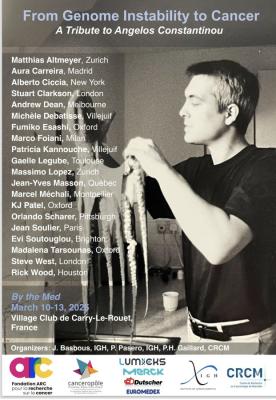Sex Determination is the process by which an organism develops into either male or female. A main research interest of our lab is to understand, at the molecular level, how sex is determined during embryonic development.
In mammals, sex determination is genetically driven with XY individuals developing as males and XX individuals developing as females. Problems in this process lead to a large group of developmental disorders classified as Disorders of Sex Development (DSD), with a prevalence of 1: 2,500-4,000 newborns.While most patients undergo nowadays whole exome sequencing, we can identify the causative variant in less than 50% of cases, indicating that probably variants in the non-coding genome are also involved. Indeed, we have identified Enh13, a remote 557 bp-long enhancer of the Sox9 gene and showed that XY mice with homozygous deletion of Enh13 are born as females. Deletions or duplications of Enh13 in humans lead to 46,XY DSD and 46,XX DSD, respectively.
In the lab, we use multiple omics approaches to explore the non-coding genome in relation to its contribution to sex determination in an attempt to better understand this complex gene regulatory network and provide genetic diagnosis to numerous unexplained cases of DSD.
We also employ stem cells and organoid models to study the gonad and its pathologies including DSD and infertility.



